Brown water from faucets is a common issue that can occur in households, often signaling underlying problems within the plumbing system. This discoloration typically arises from rusty pipes or sediment in the water supply, which affects the water’s aesthetic quality and raises concerns about health risks and potential damage to plumbing fixtures.
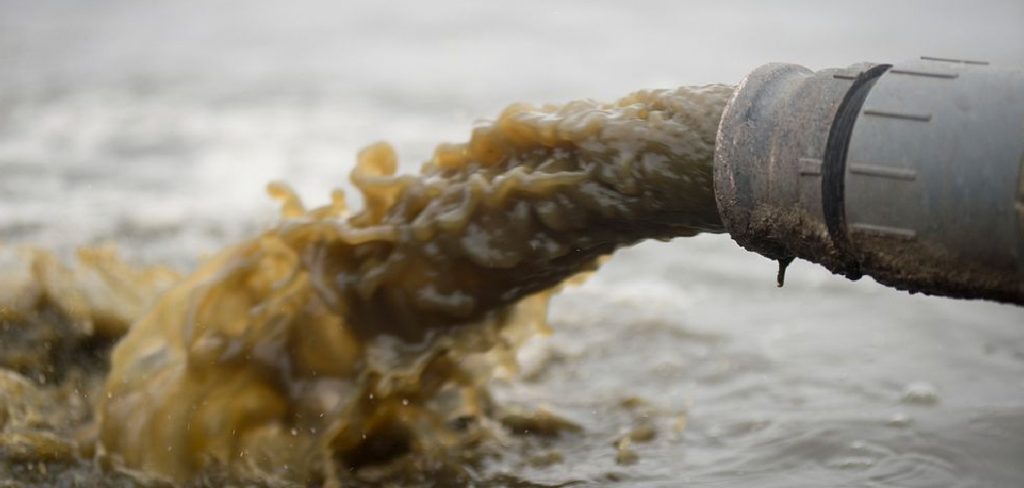
Contaminated water can lead to various health issues, especially when consumed, while sediment and rust can accumulate in pipes, causing blockages and costly repairs. Understanding how to fix brown water from faucet issues is essential for homeowners to maintain a safe water supply and protect their plumbing system.
This article outlines the key steps for diagnosing the problem, including inspecting the water supply and preparing for repairs, as well as effective methods for resolving the issue to ensure clean, clear water for everyday use.
Understanding the Causes of Brown Water
Rusty Pipes
Brown water frequently stems from rusty or corroded pipes, particularly in older plumbing systems. As metal pipes age, they are susceptible to oxidation, leading to the formation of rust. This rust can flake off from the interior surfaces of the pipes and mix with the water flowing through them.
Consequently, this rust in the water supply is responsible for the noticeable brown discoloration, posing aesthetic issues and potential health concerns for those using the water.
Sediment in the Water Supply
In addition to rust, sediment—comprising sand, dirt, or minerals—can also contribute to brown water. These particles often enter the water supply through various sources, including disturbed water lines caused by repairs or maintenance.
Construction activities in the vicinity can also stir up sediments and introduce them into the plumbing system. Furthermore, natural sediment buildup can occur within pipes over time, especially in areas with high mineral content in the water. This accumulation can lead to discolored water, reinforcing the necessity for regular plumbing system maintenance and monitoring.
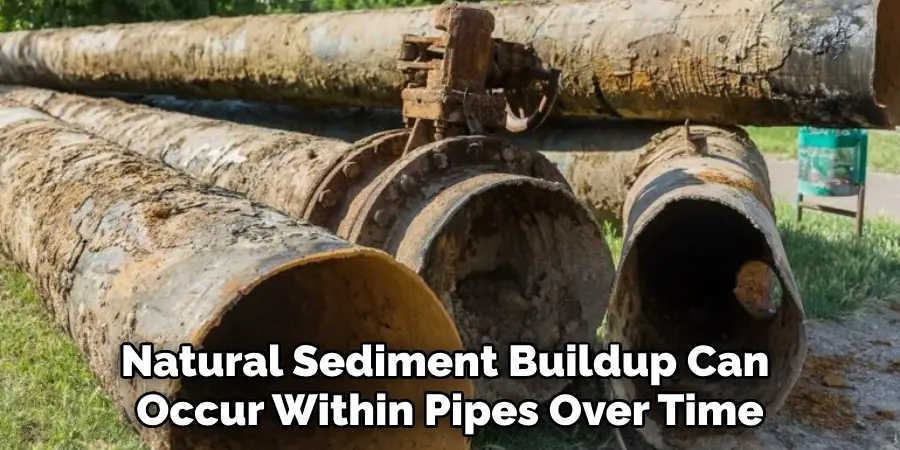
Initial Assessment and Preparation
Step 1: Inspect the Water Supply
- How to Do It: Begin by checking if the brown water is isolated to specific faucets or affects the entire household. Run the faucets in different areas and observe the water quality, noting whether the discoloration appears immediately or after a period of running water.
- Why It’s Important: Understanding the scope of the problem—whether it is localized to a single faucet or systemic throughout the home—can significantly influence the diagnostic process and help in determining the most effective solution to resolve the brown water issue.
Step 2: Prepare for Cleaning or Repairs
- How to Do It: Gather essential tools and materials, including a bucket for catching water, cleaning supplies like vinegar or baking soda for removing sediment, and any necessary pipe repair materials. Ensure you have access to all affected faucets and plumbing fixtures so that you can work efficiently.
- Why It’s Important: Proper preparation is crucial to effectively tackle the brown water issue. Having the right tools and materials on hand allows you to address the problem swiftly and safely, minimizing disruption and maintaining a clean work environment during the cleaning or repair process.
How to Fix Brown Water from Faucet: Methods for Fixing Brown Water
Step 1: Flush the Pipes
- How to Do It: To address the brown water issue, run cold water through the affected faucets for several minutes. Start with the farthest faucet from the water supply and gradually move toward the nearest faucet. This process helps ensure that the water travels through the entire plumbing system, flushing out any rust or sediment that may have accumulated.
- Why It’s Effective: Flushing the pipes can effectively remove loose rust, sediment, and discoloration agents lingering in the plumbing. This method often improves water quality, enhancing clarity and reducing the brown tint that indicates contamination.
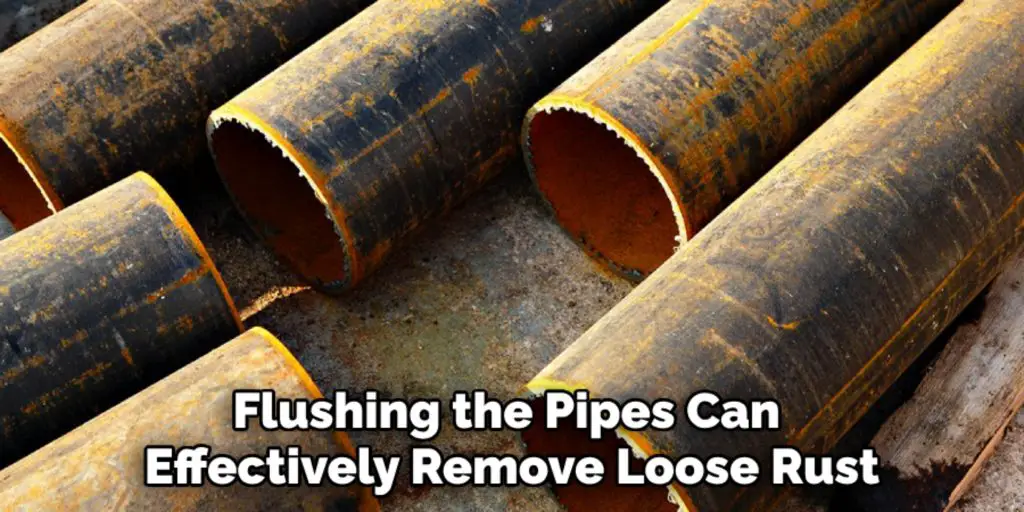
Step 2: Clean Faucet Aerators and Filters
- How to Do It: Remove the aerator from the faucet’s end and carefully clean it to remove stuck debris. For thorough cleaning, soak the aerator in a mixture of vinegar and water, which helps dissolve any mineral buildup. Additionally, inspect and clean any filters or screens found within the faucet, as clogs in these areas can contribute to the brown water issue.
- Why It’s Effective: Regular cleaning of aerators and filters eliminates sediment and rust particles that may obstruct water flow and discolor the water. A clear aerator helps maintain water quality and improve water pressure and overall faucet performance.
Step 3: Inspect and Repair Pipes
- How to Do It: Conduct a systematic inspection of your plumbing system, looking for rusty or corroded pipes that could be sources of brown water. If damaged sections are identified, consider replacing these pipes with new materials or, if feasible, installing a pipe liner to restore functionality. For minor corrosion, utilizing a rust remover or pipe descaler can effectively manage the issues without a full replacement.
- Why It’s Effective: Directly addressing pipe corrosion and rust can eliminate the root causes of brown water. Replacing or repairing compromised sections helps ensure clean water circulation throughout the plumbing system, preventing future occurrences of discoloration and protecting your health and property.
Preventing Future Issues
Install a Water Filter
- How to Do It: Consider installing a water filter or a water purifier system that effectively removes sediments and rust particles from your water supply. Select a filter designed specifically to handle particulate matter to ensure maximum effectiveness, keeping in mind the capacity and lifespan of the filter.
- Why It’s Important: A quality water filter can significantly reduce the chances of brown water problems by trapping contaminants before they reach your faucets, providing cleaner, clearer water for everyday use.
Regular Maintenance
- How to Do It: Schedule regular inspections and maintenance for your plumbing system. During these checks, keep an eye out for signs of rust or corrosion and address any issues promptly. Additionally, make it a habit to clean aerators and filters periodically to prevent buildup.
- Why It’s Important: Proactive maintenance is crucial in preventing the accumulation of rust and sediment over time. By staying on top of these tasks, you can effectively reduce the likelihood of encountering future brown water issues, enhancing both the quality and safety of your water supply.
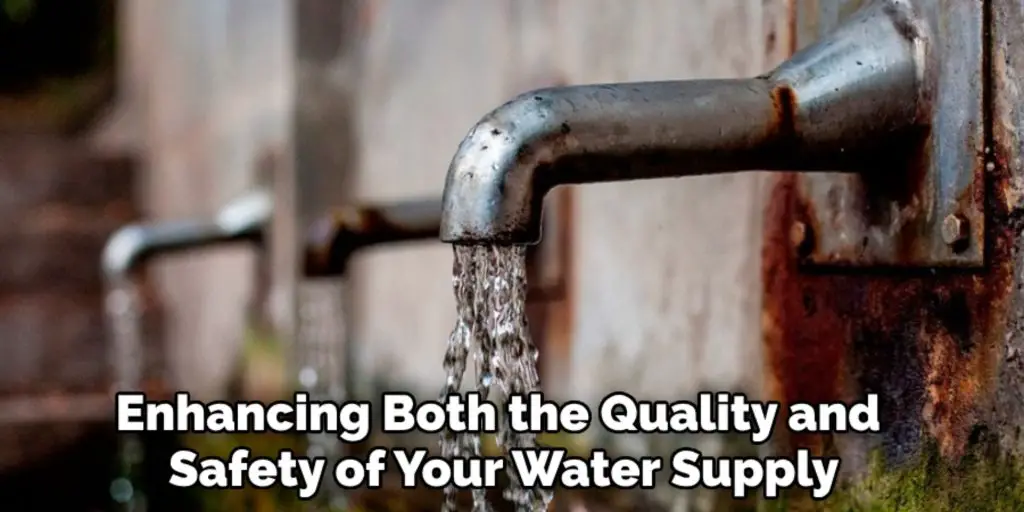
When to Call a Professional
Persistent Issues
If the brown water persists despite your efforts or if you are unable to identify the source of the problem, consulting a professional plumber is recommended.
A skilled plumber can comprehensively evaluate your plumbing system, using specialized tools and techniques to pinpoint underlying issues that may not be visible to the untrained eye. Timely intervention can help prevent further damage and ensure safe, clean water flow in your home.
Complex Repairs
Professional assistance is essential for issues involving extensive pipe replacement or complex plumbing repairs. Attempting to tackle significant plumbing problems without the right expertise can lead to costly mistakes and additional damage.
Professional plumbers have the knowledge and experience to manage such repairs effectively, ensuring compliance with local regulations and standards while restoring your plumbing system to optimal condition.
Frequently Asked Questions (FAQs)
What Causes Brown Water from My Faucet?
Brown water is typically caused by rust, sediment, or mineral buildup in your plumbing system, often related to aging pipes or issues within the municipal water supply. It can also occur after water main repairs or heavy rainfall that stirs up sediment.
Is Brown Water Safe to Drink?
While brown water is usually not harmful, it can indicate the presence of rust or contaminants that may affect water quality. It is advisable to avoid drinking it until the issue has been resolved and the water has been tested for safety.
How Long Should I Flush My Pipes to Clear Brown Water?
Flushing your pipes for at least 5 to 10 minutes should help clear out accumulated rust and sediment. Start with the faucet farthest from the water supply and work your way towards closer fixtures.
How Can I Prevent Brown Water in The Future?
Regular maintenance of your plumbing system, including inspections for rust or corrosion, cleaning faucet aerators, and installing water filters, can help prevent brown water issues from occurring.
When Should I Call a Plumber?
If brown water persists after you’ve flushed the pipes and cleaned aerators, or if you suspect there’s a significant issue with your plumbing such as extensive corrosion, it’s best to consult a professional plumber for an evaluation.
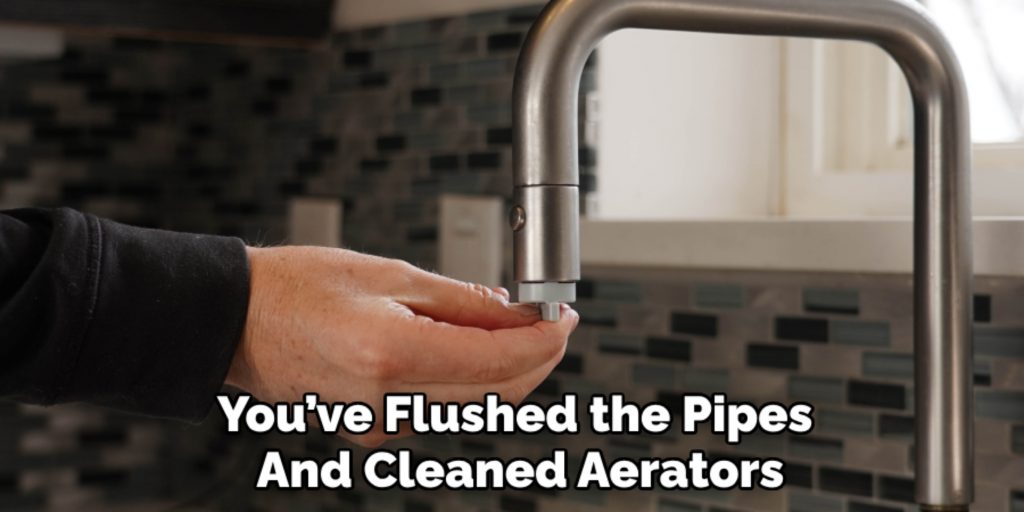
Conclusion
Fixing brown water from faucets involves several key steps that can significantly improve water quality. Begin by flushing the pipes to remove rust and sediment, as this often yields immediate results. Follow up with cleaning faucet aerators and filters to eliminate any obstructing debris that may contribute to discoloration.
Lastly, inspect and repair any corroded pipes to address root causes effectively. Prevention is equally vital; installing a quality water filter can help trap contaminants, while regular maintenance ensures that issues are detected before they escalate. Remember, if you notice any signs of brown water, it’s essential to address them promptly.
Don’t hesitate to seek professional help if the problem persists, as ensuring a clean and safe water supply for your home is paramount. By understanding how to fix brown water from faucet and implementing these strategies, you can safeguard your plumbing and enhance water quality.
